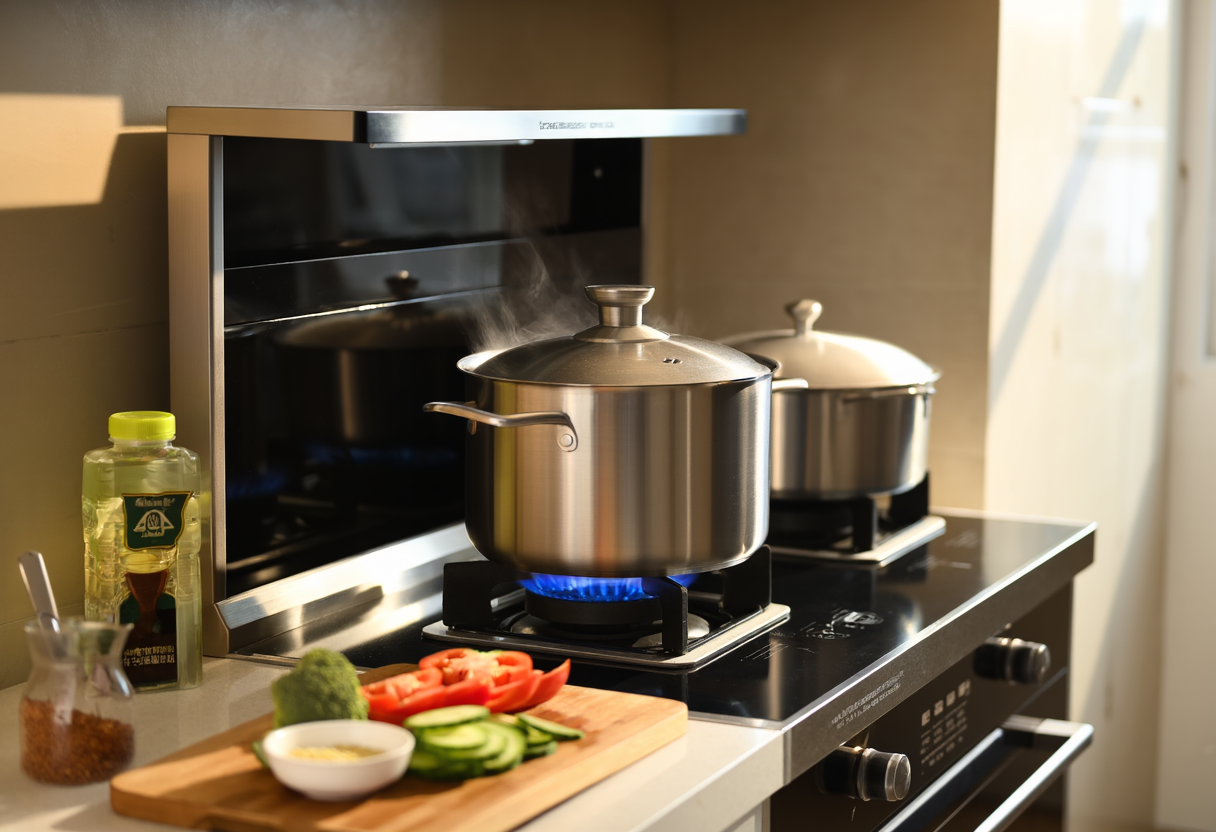Are Gas Stoves Safe? Exploring the Risks and Benefits
Gas stoves are a staple in many kitchens, but safety concerns related to their use have sparked debates. Understanding the risks and benefits associated with gas stoves can help you make informed choices about cooking in your home. This article examines the implications of using gas stoves, including health impacts and best safety practices.
The Popularity of Gas Stoves in Households
Gas stoves have been central to cooking in countless households for decades. The appeal of gas stoves largely comes from their ability to provide quick heat and precise temperature control. They are particularly favored by those who enjoy cooking, as they enable a level of responsiveness that electric stoves may lack. The rapid cooling and heating that gas stoves provide can enhance the cooking experience, allowing for a range of techniques such as sautéing and flambéing. Along with their cooking advantages, many find gas stoves aesthetically pleasing, as they often embody a traditional kitchen look that appeals to various styles. Although the trends of kitchen appliances can shift, the timeless attributes of gas stoves ensure their continual presence within homes. However, this popularity inevitably raises questions regarding safety and efficiency.
The Health Implications of Using Gas Stoves
While gas stoves offer many cooking advantages, they can also pose health risks that must be addressed. The combustion process of natural gas releases byproducts that may deteriorate indoor air quality. Nitrogen dioxide and carbon monoxide, two harmful gases produced when gas stoves are used, have been linked to respiratory problems and other health concerns. It’s vital for users of gas stoves to be mindful of ventilation; proper airflow can mitigate the adverse effects of these emissions. Advocating for the use of exhaust hoods and ensuring that cooking spaces are adequately ventilated is essential for homeowners. Moreover, periodic maintenance can help detect gas leaks and ensure safety features are functioning. Understanding these potential health risks related to gas stoves is crucial when making decisions about kitchen appliances.
Safety Practices for Using Gas Stoves
Adopting safety practices when using gas stoves can significantly reduce the risks involved. Regularly checking for gas leaks, maintaining the appliances, and ensuring proper installation are fundamental steps homeowners should take. It’s beneficial to install carbon monoxide detectors in kitchens to provide an additional layer of safety. Furthermore, users should understand the importance of using pots and pans designed for gas stoves, as improper cookware can increase safety risks. In case of any unusual odors or alarms, taking immediate action is vital; this includes turning off the stove and contacting a professional. By prioritizing safety and being aware of best practices, users can fully enjoy the benefits of gas stoves while minimizing health risks. Educating family members about safe usage can also prevent accidents.
Environmental Concerns Surrounding Gas Stoves
Environmental considerations are increasingly coming to light as debates surrounding gas stoves progress. With a focus on reducing carbon footprints and promoting sustainability, many are reevaluating their reliance on gas stoves. Natural gas production and usage generate greenhouse gas emissions, contributing to climate change issues. Therefore, homeowners are encouraged to consider the long-term environmental implications of their cooking appliances. As society largely moves toward cleaner energy solutions, the transition to electric alternatives may gain traction. An assessment of how gas stoves fit within one’s environmental ethics may influence future kitchen choices. Overall, understanding the environmental impact of gas stoves is essential for consumers focused on sustainability.
Comparing Gas Stoves with Alternative Cooking Appliances
When debating whether to stick with gas stoves or consider alternatives like electric stoves, it's important to evaluate the unique features of each option. Electric stoves, including induction types, offer simplified cleaning, energy efficiency, and usually a lower initial installation cost. On the other hand, gas stoves provide unmatched cooking precision and often lower operating costs, especially in regions with low natural gas prices. The safety implications of operating different stoves also factor into the conversation. Gas stoves demand more safety practices due to significant health risks associated with gas emissions, while electric stoves may focus more on electrical safety. The best choice will depend heavily not only on efficiency and costs but also on how cooking preferences align with the unique benefits each type presents.
Final Thoughts on Gas Stoves and Safety
In conclusion, gas stoves remain a popular choice due to their efficiency and powerful cooking capabilities. However, consumers must be aware of the potential health risks, safety concerns, and environmental impacts associated with their use. Implementing safety measures and ensuring proper ventilation can significantly improve the use of gas stoves in any kitchen. As people increasingly prioritize sustainability, the choice of cooking appliance may evolve. Sharing knowledge and awareness about gas stove safety can empower users to enjoy cooking while minimizing risks and maximizing benefits.
